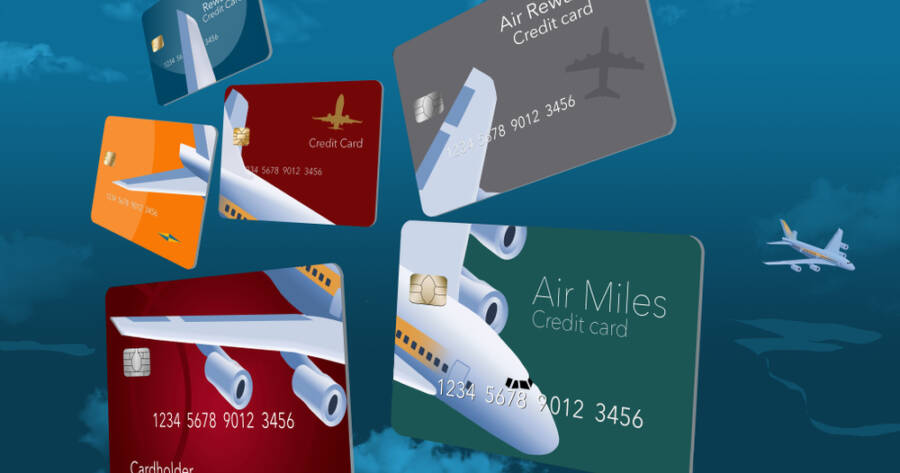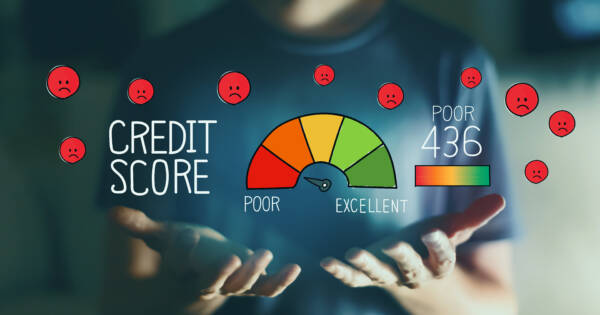The points and miles programs offered by airline-backed credit cards or specially designed travel credit cards can deliver amazing rewards. However, they can also seem confusing, especially to beginners. As many reputable review websites note, most consumers don’t have a strong enough understand of the points and miles system to fully benefit from what it offers. This is, in part, by design. The financial services companies behind these promotions make it tricky to claim rewards to save themselves some money.
Even so, the internet is filled with anecdotes and stories about travelers who scored incredible upgrades and trips to exotic destinations solely by collecting points and miles. What’s the secret? How can you hack into this treasure trove of amazing deals? This guide will show you the way.
The Basics: What Are Points and Miles?
Many major banks and airlines offer specially branded travel credit cards that allow cardholders to collect points and/or miles. Points and miles function as a kind of electronic currency. You can redeem them for travel upgrades, discounts, freebies, bonuses, or even cash rewards. While specifics vary from card to card, you can usually use your points and miles for the following things.
- Upgrade flights to business class.
- Rental cars.
- Free or discounted hotel stays.
- Free or discounted plane tickets.
- Cashback redemptions you can apply to your credit card balance.
Travel credit cards differentiate themselves through their bonus structures, seeking to tempt consumers by offering better and better rewards. At the most basic level, you earn every time you use your card, receiving one point or mile for every dollar you spend. Many cards also offer accelerated options, letting you earn points or miles at a faster ratio for making certain purchases. In most cases, these bonuses apply when you purchase products or services from the airline backing the card, a partner merchant in its network, or for travel-related expenses.
It’s also common for card issuers to offer a “welcome bonus.” In our article on the best travel credit cards of 2019, we highlighted several cards that deliver healthy rewards to new customers. For instance, many programs deliver 5,000 welcome points the first time a new customer uses their card. In addition to the cards we highlighted on our list, you can also review an expanded list of offerings from this comprehensive resource.
The Basics of Earning Points and Miles
To maximize your earnings, you need to carefully review and understand the terms and conditions associated with your card’s rewards program. For example, it might appear as though you can earn points at a 3:1 clip for every dollar you spend at gas stations. In reality, that bonus only extends to fuel purchases (and not other items like drinks and snacks). It also might only available at certain gas station franchises.
One of the trickier aspects of the whole points and miles scheme is that many cards have a long and complicated list of partner merchants, terms and conditions, and inclusions and exclusions. That makes it very difficult to keep everything straight. Some programs also attach expiry dates to their bonuses, forcing you to use them before a cutoff date or lose them altogether. The thinking behind that policy is to disincentivize points hoarding. When they expire, it’s much more difficult for the average consumer to earn enough miles to qualify for the uppermost echelon of rewards.
For beginners, we recommend shopping around for a card that delivers a sizable welcome bonus while offering straightforward terms, and points that do not expire. The simpler the program, the easier it is to track and manage your rewards.
How To Accelerate Your Earnings
Now that you’ve got a grip on the basics, let’s look into some insider strategies for accumulating points and miles at faster rate.
- Choose your card wisely. In addition to optimizing rewards, bonuses, and points-earning opportunities with a reasonable interest rate, look for cards that allow you to transfer points and miles. The flexibility can come in handy.
- Track your rewards. Forbes recommends four powerful apps that make it easy to keep track of your credit card rewards. Check them out!
- Understand the major travel alliance networks. Most major airlines are aligned with one of the three main blocs. They are Oneworld, SkyTeam, and StarAlliance. If you have an airline-backed card, know which alliance your airline is with. You’ll earn more rewards by giving business to members of that network than you will by going outside of it when you travel.
- Take advantage of accelerators and multipliers. Many rewards programs support promotions that allow you to earn multipliers on your miles. You just have to shop on certain days, or at certain stores, or by buying certain products. Some airlines also allow you to buy points at incredibly low rates for a limited time after you check in for a flight. These offers can really boost your efforts, so watch for them.
If you have multiple credit cards, you can also consider adding a second or third rewards card. Airlines commonly back travel credit cards, but many hotel chains do as well. You can optimize your earnings by maintaining multiple rewards-backed accounts. For instance, use the airline card to pay for your flight and the hotel card to pay for your accommodations. Just make sure both cards allow you to transfer points from one to the other.
Redeeming Your Rewards
In most cases, you’ll get the most out of your points or miles by cashing them in for travel bonuses like business class upgrades and discounted (or free) plane tickets. This is particularly true of airline-backed travel credit cards. They are designed to entice you to fly with the airline again and again. According to this MoneySense analysis, consumers achieve a redemption value of about 21 cents per mile when cashing points in for travel-related purchases. That’s more than triple the average value you get when redeeming them for consumer merchandise, which pays out about 6.5 cents per mile.
Here’s another pro tip. Instead of trying to save up the massive amount of points you’ll need to fly to a faraway destination, focus on accruing enough rewards to cover a one-way ticket. According to one industry insider, less than 1% of all redemptions go toward the full cost of a long-haul return ticket. You’ll still enjoy excellent value and savings by covering part of the cost of your flight with your own cash and paying for the rest with rewards.
You should also conduct some calculations before you trade your points for a particular reward. Some redemption schemes are set up to make it more expensive to pay with points than cash. Simply look at how many points you would earn if you paid cash for the same flight, hotel stay, or bonus offer. If it would cost you more in points, pay cash instead and save your points for another day.
One Last Word of Advice
Some people get so deep into collecting points and miles that they begin using their credit cards irresponsibly. While it’s certainly fun to see your points build up over time, remember that interest charges add up quickly. If you’re carrying a balance from month-to-month, all you’re doing is nullifying your points and miles with interest charges. You also risk damaging your credit rating, which definitely isn’t worth the travel perks you might earn.
 Shutterstock
Shutterstock







